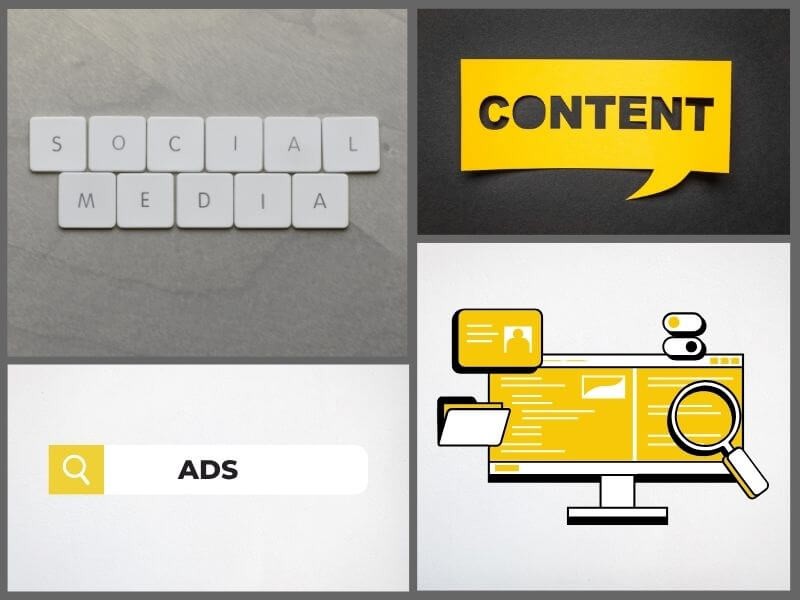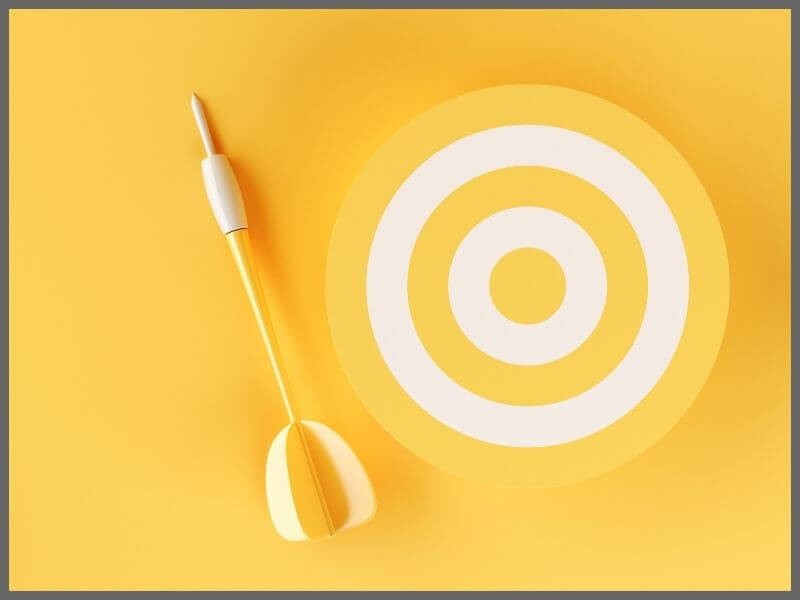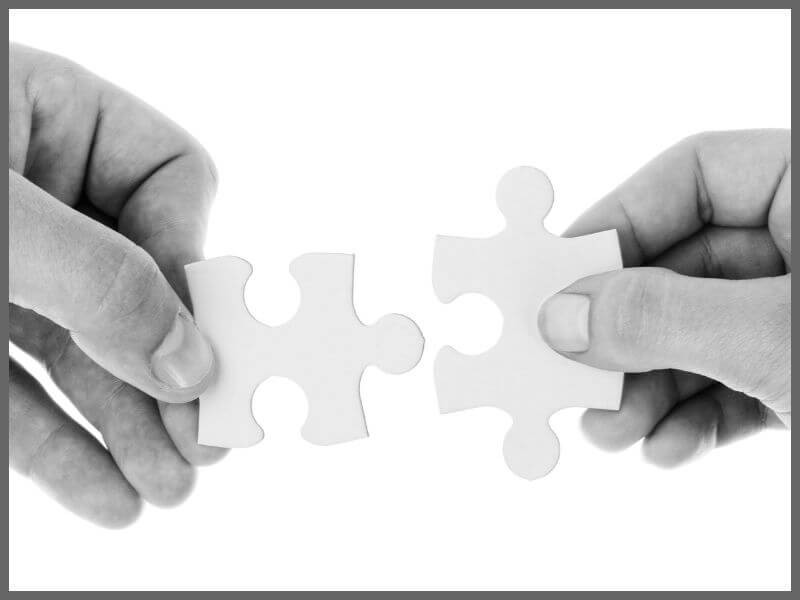
The average consumer is exposed to hundreds of marketing messages daily. That’s why the question “which to choose – traditional or digital marketing?” is highly relevant. There is no universal answer. It all depends on what exactly you want to achieve, who you are targeting, and what your budget is.
One TV or radio ad can instantly reach thousands of people but without concrete feedback. On the other hand, a Facebook ad can generate dozens of inquiries and immediately show who clicked, when, and why.
Both directions have their advantages. Both also have their limitations.
That’s why it’s important to think:

Traditional marketing includes promotion methods based on physical channels and direct contact with the audience.
These are strategies that defined decades of advertising before digital tools became widely accessible. Although often considered “old” today, they still hold value, especially in local campaigns and among audiences not constantly online.
The most common forms of traditional marketing include:
Print (newspapers, magazines, flyers) – Ads in local and national newspapers, promotional flyers, and catalogs all fall under traditional marketing. It is particularly effective when you want to position yourself in a specific place or region.
Radio and television commercials – Spots aired on radio or TV stations have a wide reach, especially in smaller communities. Although production and media space rental are more expensive, such campaigns quickly boost recognition, especially if aired several times a day.
Outdoor advertising (posters, billboards) – Visual materials in busy locations and along roads often serve as reminders to people that you “exist.” Billboards and citylight advertising spaces are excellent tools for brands wanting to be seen and remembered.
Direct mail – Sending promotional materials directly to users’ home addresses may seem outdated, but combined with personalized content and good graphic preparation, it still delivers results, especially with older audiences.
Phone calls – Telemarketing or informational calls are still used in certain industries, especially for services that require additional explanation. This method requires skill and preparation since the tone and manner of communication often influence the final impression.
What all these channels have in common is that they mostly rely on broad message broadcasting without a precise targeting approach.
Measuring the results of such campaigns is usually not immediately available, but if you know where your audience is located, these methods still make sense.

Digital marketing uses the internet and technology to reach audiences where they spend their time daily – on mobile phones, computers, and social media.
Unlike traditional marketing, communication is two-way, in real time, allowing for greater adaptability and response.
The most common forms of digital marketing include:
Search engine advertising (Google Ads)
If someone searches “affordable kitchen Zagreb” and you sell kitchens, this channel can place you directly in front of them. Ads are shown to people who already intend to buy or are interested in the service.
Social media advertising (Facebook, Instagram, LinkedIn)
Here you can target audiences by age, interests, location, and behavior. This means your ad doesn’t go unseen but reaches someone close to making a purchase or booking.
Email marketing
Sending personalized messages to people who have already shown interest or are existing customers. It’s excellent for staying in touch, sharing news, or offering discounts.
SEO – search engine optimization
If you have a website, you need to appear on Google when someone searches for your services. SEO involves editing content and technical aspects so search engines “recognize” you as a relevant source.
Content marketing – blogs, videos, guides
Instead of direct selling, you provide useful information. This builds trust and authority while creating shareable content that Google rewards.
Websites and landing pages
The central hub of all your digital activity. Without a quality, functional website, everything else loses effectiveness. It’s where visitors decide whether they trust you.
Digital marketing allows tracking of every click, view, inquiry, and order. You can test multiple ad versions, adjust content, and instantly see what works and what doesn’t. Digital marketing is a tool for anyone who wants to grow, communicate, and be present where their audience is.
![]()
This isn’t about which is better or worse, but about different tools serving different goals. Each has strengths and limitations. Knowing what you need and who you’re addressing is key.
High visibility among older audiences
Older audiences, especially those not active online, still trust traditional media more. A newspaper ad or TV spot can have a stronger impact on this group.
Strong trust in established media
Studies show people often trust ads in newspapers and on the radio more than online ads. Traditional channels have “weight” because they’ve been part of daily life for decades and aren’t seen as intrusive.
Ideal for local communities and events
If you’re a restaurant, hair salon, or local association, a neighborhood poster, flyer in the mailbox, or sponsoring a local event can directly connect you to physically present customers.
No technology required on the user’s side
The user doesn’t need internet, an app, or a smartphone. They receive information passively, which still works better for certain groups.
High production and distribution costs
Filming a commercial, renting newspaper space, or printing flyers can be expensive. Plus, there’s no guarantee the investment will directly impact sales.
No direct feedback on effectiveness
You don’t know how many people saw the ad, who they were, or whether they purchased afterward. Without data, it’s hard to know what worked.
Difficult targeting of specific audiences
A radio ad is heard by everyone listening, whether they’re your target or not. Part of your budget may be spent on people who will never become customers.
Limited ability for quick changes
Once you’ve printed a thousand flyers with the wrong price or date, there’s no going back. Unlike digital campaigns, fixes aren’t easy.
Precise targeting by location, age, interests
You can choose exactly who sees your ad. Want to reach women aged 30–40 in Split who are interested in Pilates? You can.
Quick testing and campaign adjustments
If one ad isn’t working, you can replace it instantly at no extra cost.
Clearly measurable results (clicks, views, conversions)
You see exactly how many people clicked, visited your site, or made a purchase.
Lower entry costs and more flexibility
You can start with just a few euros a day, test an ad, and see how audiences respond. This is especially useful for small businesses with limited budgets.
Audience fatigue from online ads
People see hundreds of ads daily. Without creativity, your ad may be ignored.
Expertise required for campaign management
Though it seems simple, it’s easy to waste a budget without results if you lack experience.
Risk of reduced reach due to algorithm changes
Social media and search engines change how content is displayed. A post that had 1,000 views yesterday may get 50 today without explanation.
Dependence on internet access
If your audience lacks internet access, your campaign may never reach them.
Both traditional and digital marketing have their audiences, strengths, and weaknesses. Smart channel selection means thinking about where your customers are and what resonates most with them.

The choice between traditional and digital marketing is not a black-and-white decision.
They are often used in parallel because they complement each other and help reach a wider audience.
However, there are situations where one approach makes more sense than the other. It is important to know how to recognize these situations.
Traditional marketing makes sense when:
You are targeting an older audience that uses the internet less
If your customers are elderly people or those who prefer consuming content from newspapers and radio, then a traditional channel is the logical choice.
You are organizing a local event
Events like store openings, fairs, concerts, or workshops are often best promoted through posters, flyers, announcements in local media, and word of mouth.
You want to build presence in physical spaces
If you are a new business in the neighborhood, you want people to know your location, logo, and message in their everyday surroundings. Billboards, promotional materials, or posters on notice boards create the impression that you are already present and worth visiting.
Digital marketing makes more sense when:
You want to quickly see campaign results
You can launch a campaign today and know tomorrow how many people clicked, who visited your site, and what they were interested in. Digital channels let you react quickly and adapt to what is actually happening.
You have a limited budget and want to maximize every euro
With digital advertising, you do not waste money on audiences that are not relevant to you. You can choose exactly whom to target, how much to spend, and when to pause your campaign. Even with a modest budget, smart settings can deliver solid results.
Your audience actively uses the internet and social media
If you sell products for young people, tech gadgets, travel, or wellness, you are likely targeting people who use Instagram, TikTok, or Google searches daily. In this case, digital is the natural choice.
The choice does not have to be exclusive. The best results come when you know where your customers are and tailor your communication. A combination of physical presence and digital visibility is often what makes the difference.

Traditional and digital marketing do not have to compete with each other.
They work together. Or at least they should.
Think of them as two tools in one, each with its own function, but together covering the bigger picture.
If you know who your customers are, how they think, and where they spend their time, you will easily decide which direction to take.
In real life, things rarely boil down to just one or the other. That is why more and more companies are combining advertising across multiple channels to reach different customer groups at different times.
If you are unsure how to approach it, Zona Plus can help you create a marketing plan based on real data, real customers, and clear goals.
Contact us on form on our website and we will get back to you with a proposal and concrete steps that make sense for your business.